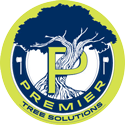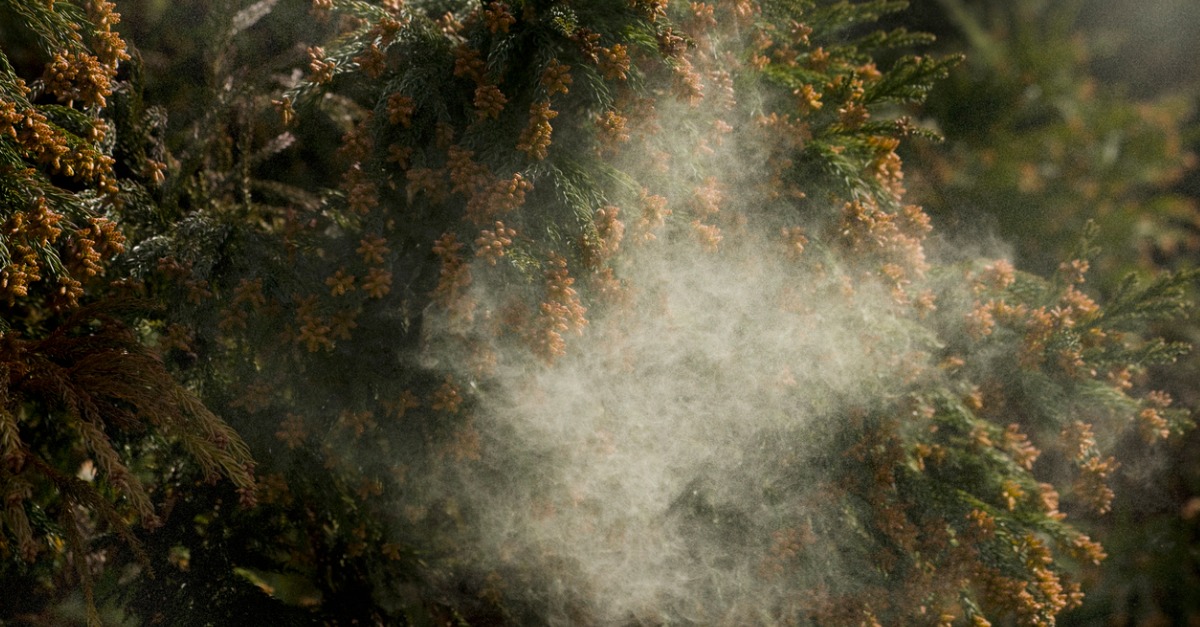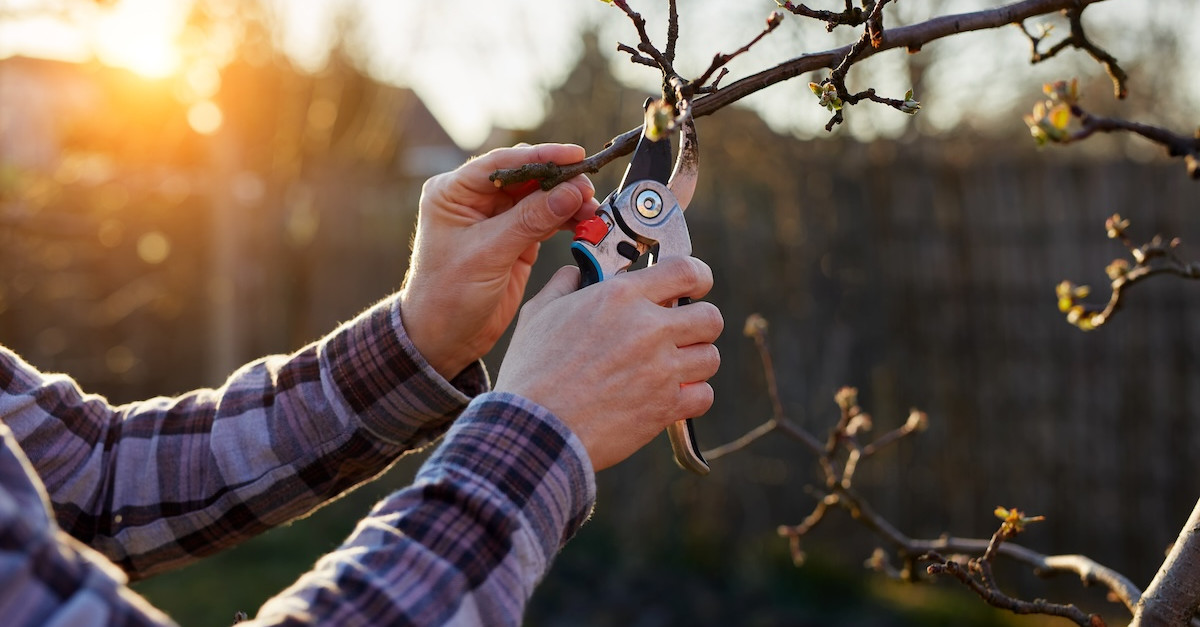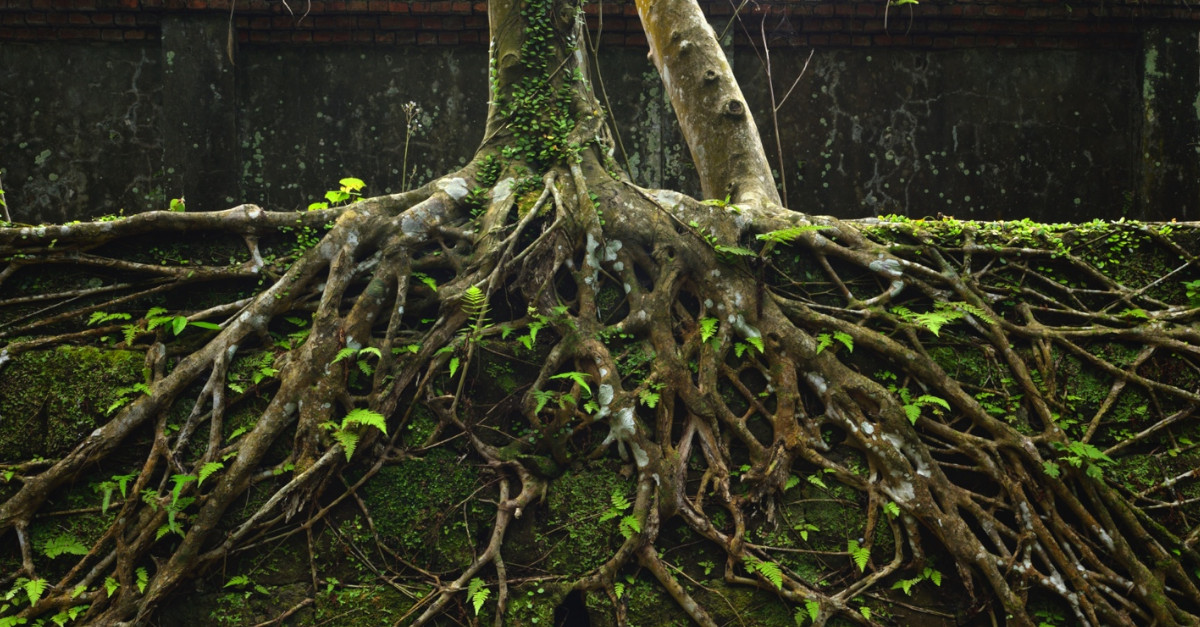Pollen-Resistant Trees for Pollen Allergy Management
Achoo! Springtime is here, bringing beautiful blooms and fresh leaf canopies. But while seeing green can be an instant mood booster, the season can also send your sinuses into a tailspin. The likely culprit? Pollen.
If you’re among the lucky 24 million people in the U.S. with seasonal allergic rhinitis, pollen can trigger all kinds of fun symptoms, from sneezing to itchy eyes, congestion, and post-nasal drip. Although it may be impossible to avoid the allergen altogether, there are ways to reduce your exposure.
Tree Pollen: The Leading Cause of Springtime Allergies
Know that notorious yellow film lining the hood of your car during springtime? Yes, that’s the pollen we’re talking about. But to understand its role in tree health — and how it affects our own — let’s circle back to science class for a moment. This powdery collection of microspores is the substance seed plants use to reproduce. When caught in the wind or carried by insects, pollen makes its way to other plants to generate seeds (and apparently, gets everywhere else in the process).
Pollen comes from several sources: trees, grass, and weeds. Tree pollen is the first to arrive each year; in some states, it appears as early as December or January. Then, grass pollen takes over in the spring and early summer, followed by weed pollen later in the year. (No, you’re not imagining your year-round allergy symptoms.)
If you notice a spike in symptoms during the spring, however, your trees are likely to blame. Birch, elm, cedar, oak, pine, poplar, and walnut are among the most notorious offenders. Of course, these species are beautiful and beneficial in their own ways, so removing them because of a pollen allergy is probably a permanent solution to a temporary problem. In just a few weeks, it will be grass triggering your allergies instead! What you can do, however, is select low-pollen trees for your property moving forward.
What Are the Best Trees for Allergies?
Back to our science lesson: most trees produce seeds only when the pollen produced from male flowers reaches female flowers. But some species are dioecious, meaning they have only all-male or all-female flowers. Since the female flowers won’t produce pollen, female varieties will essentially be hypoallergenic trees.
You might need to special-order them from a nursery, but non-pollen-producing female trees can be found within the following species:
- Cedar
- Juniper
- Mulberry
- White ash
- Swamp tupelo
- Aspen
- Boxelder
While hypoallergenic trees may be an attractive option, they may not be the best fit for your property. Being pollen-free doesn’t necessarily mean they’ll be low-maintenance, and you’ll also have to consider geographic factors like soil type and hardiness zone.
To expand your options, an alternative would be to consider a monoecious tree. These species have both male and female flowers, meaning the pollen doesn’t have to travel far to reach female flowers. The pollen is therefore thicker and heavier — and less likely to get picked up with a breeze.
Some examples of these low-pollen trees include:
- Magnolia
- Dogwood
- Spruce
- Fir
- Ornamental pear tree
- Fir
- Crabapple
- Flowering cherry and plum
- Eastern redbud
Need A Pollen-Heavy Tree Maintained? Call Premier Tree Solutions
Allergy symptoms are just one problem your trees can cause. Without proper maintenance, fallen limbs and trunks can be much more of a headache. No matter which species you have on your property, be sure to schedule professional pruning to keep your yard safe through springtime and beyond. Send us a message to schedule an appointment with our tree experts online, or call (404) 252-6448.







